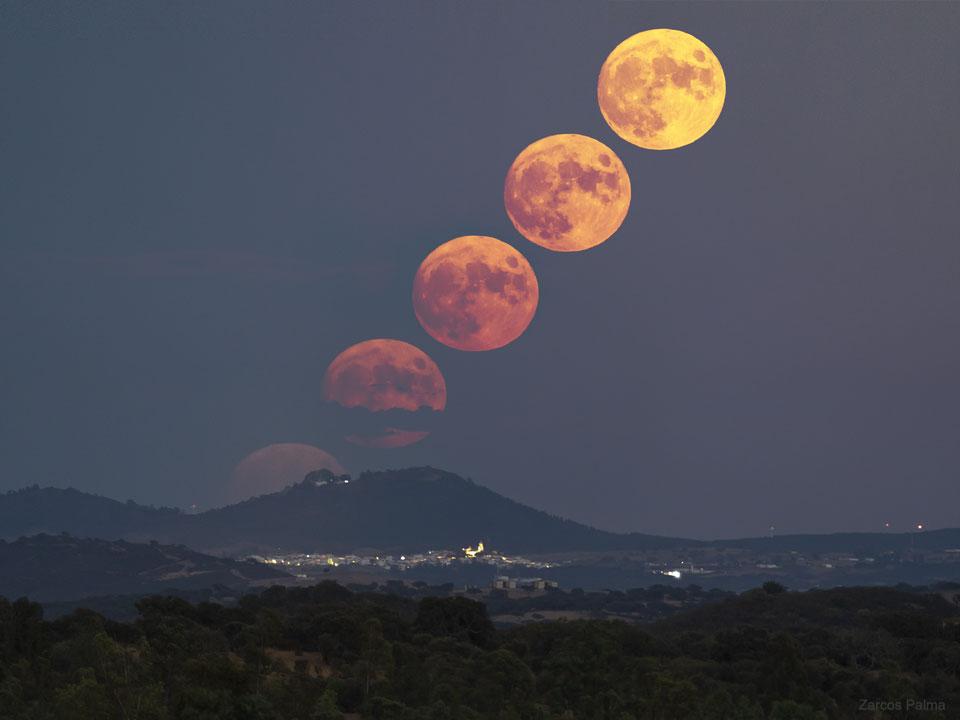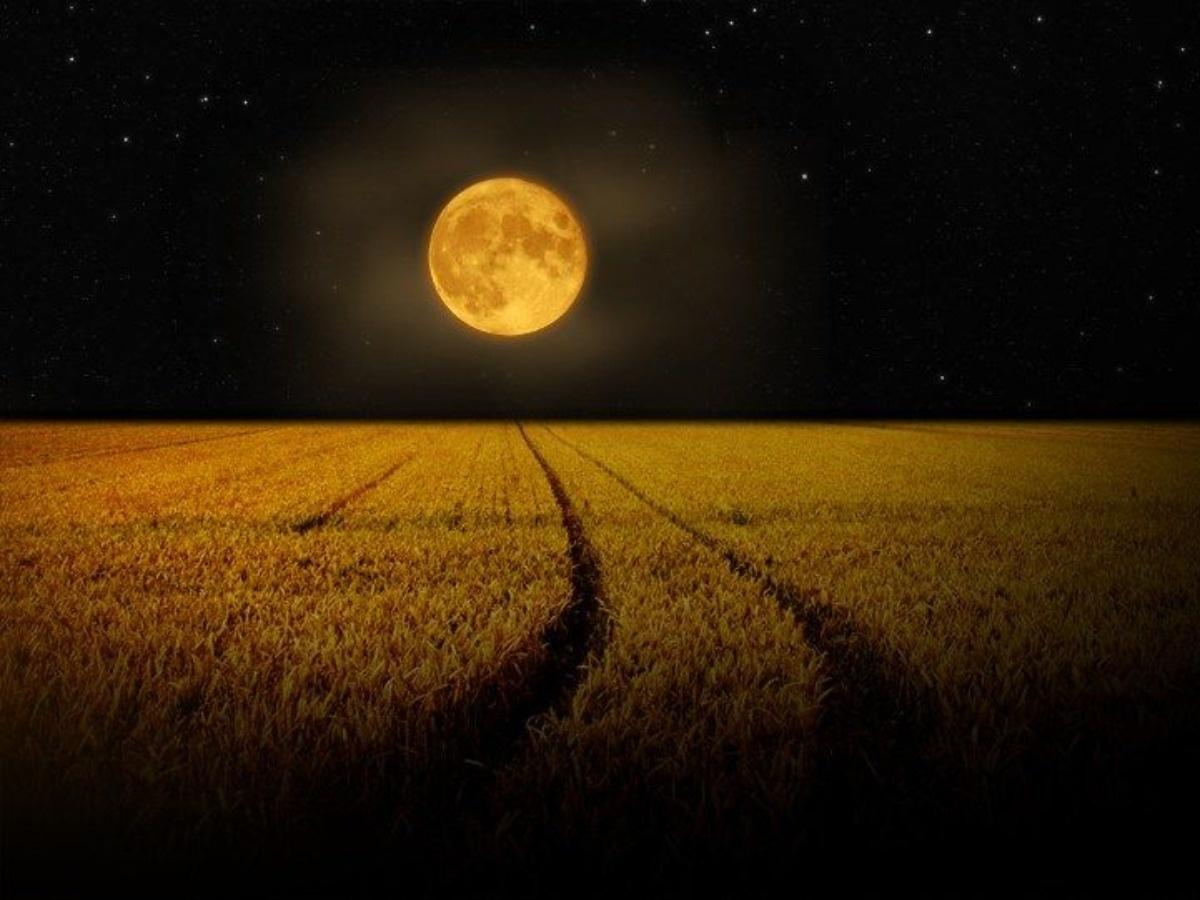
Embracing the Mystical Allure of the Corn Moon
– By James McFadden –
September 28-29th, 2023 (Full Harvest Supermoon)
Supermoons occur because the orbit of the moon around the Earth is not a perfect circle but is instead a flattened circle or an ellipse. This means that during its 27.3-day orbit, there are points at which the moon is closer to the Earth and points at which it is further away.
As the nights grow longer and the days gradually shorten, the celestial wonders above never cease to captivate our imagination. Among the various full moons that grace our skies throughout the year, the Corn Moon stands out as a celestial marvel steeped in tradition and folklore. Let’s take a journey through time and space to unravel the mysteries and cultural significance of the Corn Moon.
The Corn Moon, also known as the Harvest Moon in some regions, typically graces the night sky in September. This lunar spectacle earned its name from the indigenous tribes of North America, who observed that the moon’s appearance coincided with the ripening of corn crops. This association with agriculture has endured through generations, making the Corn Moon a symbol of the bountiful harvest season.
One of the most enchanting aspects of the Corn Moon is its luminous glow. When it rises above the horizon, it seems larger and brighter than usual, casting a warm, amber hue across the landscape. This mesmerizing effect is due to the moon’s proximity to the Earth during this time of the year, which makes it appear closer and larger, creating a breathtaking visual display.
The significance of the Corn Moon extends far beyond its visual appeal. It holds a special place in various cultural traditions around the world. In Chinese folklore, this full moon is celebrated as the Mid-Autumn Festival, a time when families come together to appreciate the moon’s beauty, enjoy mooncakes, and share stories of Chang’e, the moon goddess.
In Native American cultures, the Corn Moon was a time for communal harvest celebrations. Tribes such as the Algonquin and Cherokee held ceremonies to give thanks for the abundance of crops and to pray for a prosperous winter ahead. The Corn Moon served as a reminder of the interconnectedness of humanity and the natural world.
The Corn Moon also has its place in astrology and spirituality. Astrologically, full moons are believed to be a time of culmination and release. They often bring heightened emotions and the opportunity for personal growth and transformation. Spiritually, many individuals use the energy of the Corn Moon to set intentions, meditate, or engage in rituals that promote abundance and gratitude.
In modern times, the Corn Moon continues to captivate stargazers and photographers alike. With the advent of digital cameras and social media, breathtaking images of the Corn Moon are shared around the world, connecting people across borders in their appreciation of this celestial wonder.
The Corn Moon reminds us of the cyclical nature of life. It symbolizes the rewards of hard work, patience, and the nourishment that the Earth provides. As we watch this radiant sphere rise in the night sky, we are reminded of the importance of gratitude and the interconnectedness of all living beings.
Rooted in ancient traditions and celebrated in cultures worldwide, the Corn Moon symbolizes the abundance of the harvest season and serves as a reminder of our connection to the Earth and the cosmos. As we gaze upon this luminous orb, let us take a moment to appreciate the beauty of the natural world and the mysteries of the universe that continue to inspire and unite us all.




